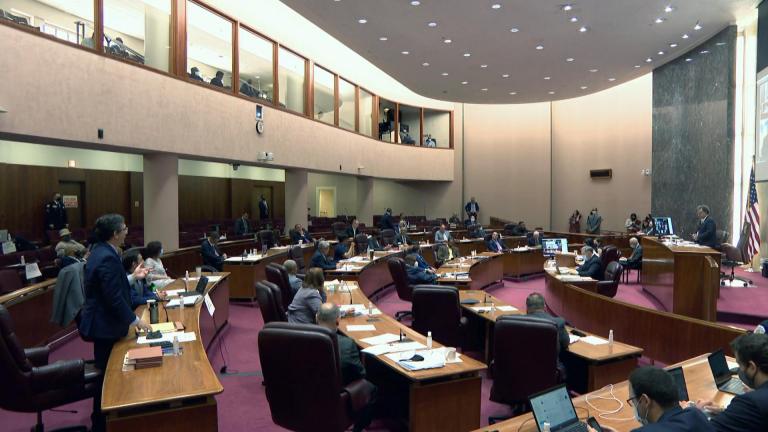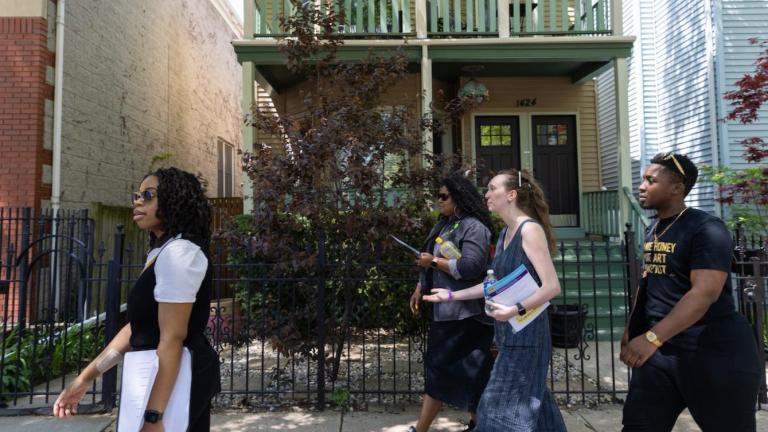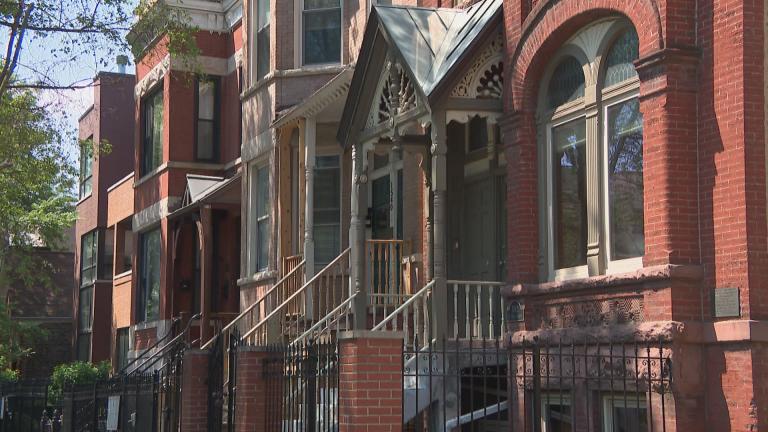About 48 million Americans have student loan debt — totaling more than $1.75 trillion.
When it comes to paying off that debt, Black and Latino graduates are struggling. Nearly half of Black students owe an average of 12.5% more than they borrowed, according to the Education Data Initiative.
Horacio Mendez, president and CEO of the Woodstock Institute, says the racial wealth gap is at the root of the problem.
“A lot of research has been done over the years on the racial wealth gap as it relates to assets; things like the ability to buy a home or save for retirement, but not as much has been focused on the debt side of the racial wealth gap,” Mendez said.
The gap is pervasive and cyclical and builds on itself.
“When you’re already talking about families of color, well behind the curve for a variety of different reasons that are well documented, there are kids that want to climb up the economic ladder by going to college [and] are in a position where they have to borrow for it much more so than their White or their Asian counterparts,” Mendez said.
Cody Hounanian, executive director of Student Debt Crisis Center, points out that while more Black and Latino students have access to college today, once they graduate, the inequalities persist.
“They are still disproportionately paid less than their peers, so we actually stripped them from all of the benefits that would typically come with accessing higher education,” Hounanian said.
When it comes to financing college and getting into debt, Black and Latino students are also at a disadvantage. Hounanian says federal student loan servicing companies are paid by taxpayers to help student loan borrowers navigate the complex system. But that doesn’t happen.
“These companies are actually reaching out to Black and Brown students at a lesser rate. These students are less likely to understand the most recent updates related to all the changes going on in the student loan system,” Hounanian said. “And for these companies, it doesn’t matter for them. They’re able to generate profit by just managing these accounts. It doesn’t matter if there’s a disproportionate negative impact on students who come from these communities of color.”
Many advocates agree that college isn’t for everyone and that there are other ways to get out of poverty and achieve financial freedom without a college degree. However, Will Hobart, executive director of Bottom Line Chicago, says that while a single college isn’t for everyone, there is a college out there for every student.
“Our goal should be to help all students make informed choices about their post-secondary options and support them in choosing a college that is best suited to them academically, financially and culturally,” Hobart said.








